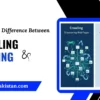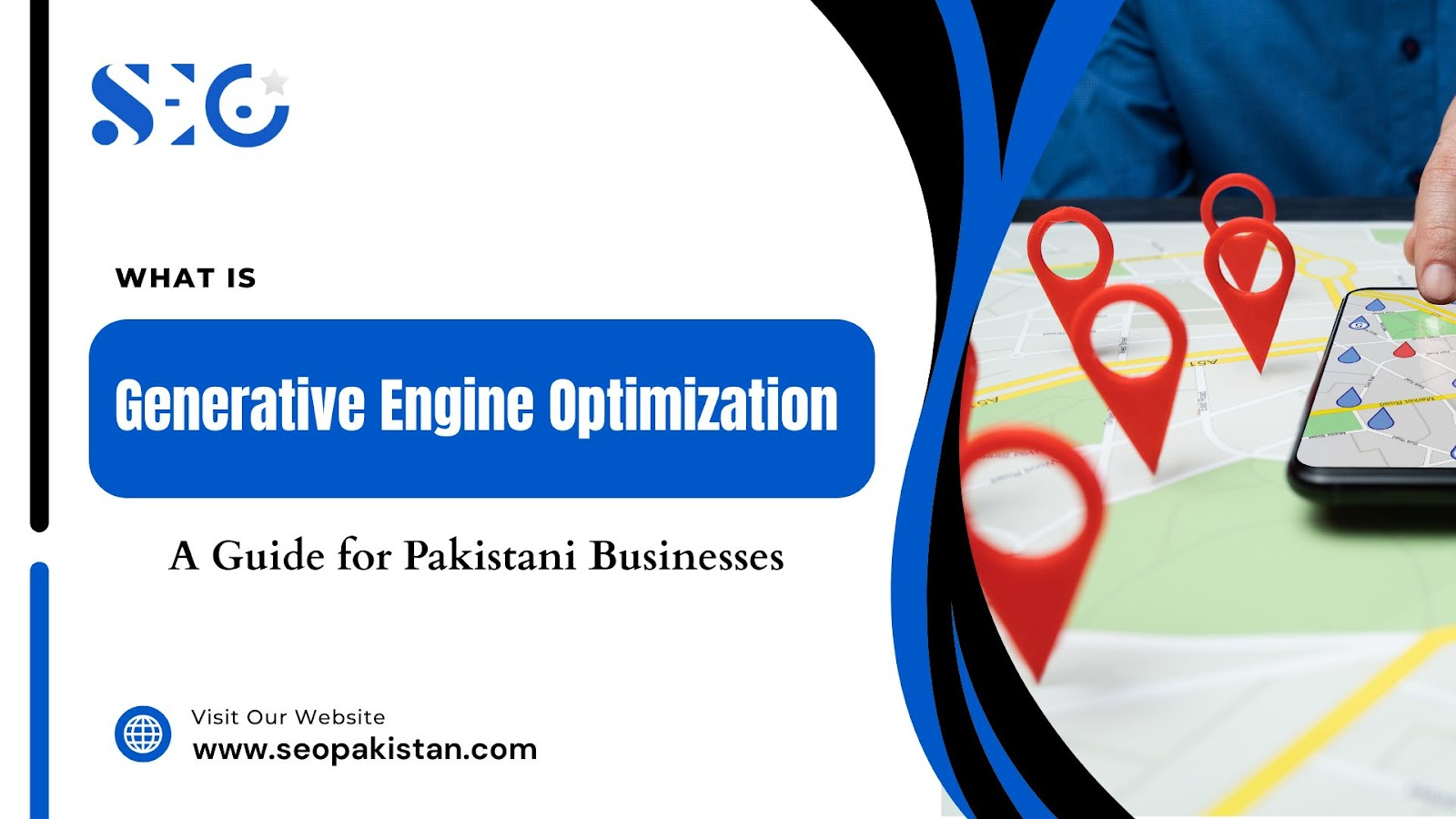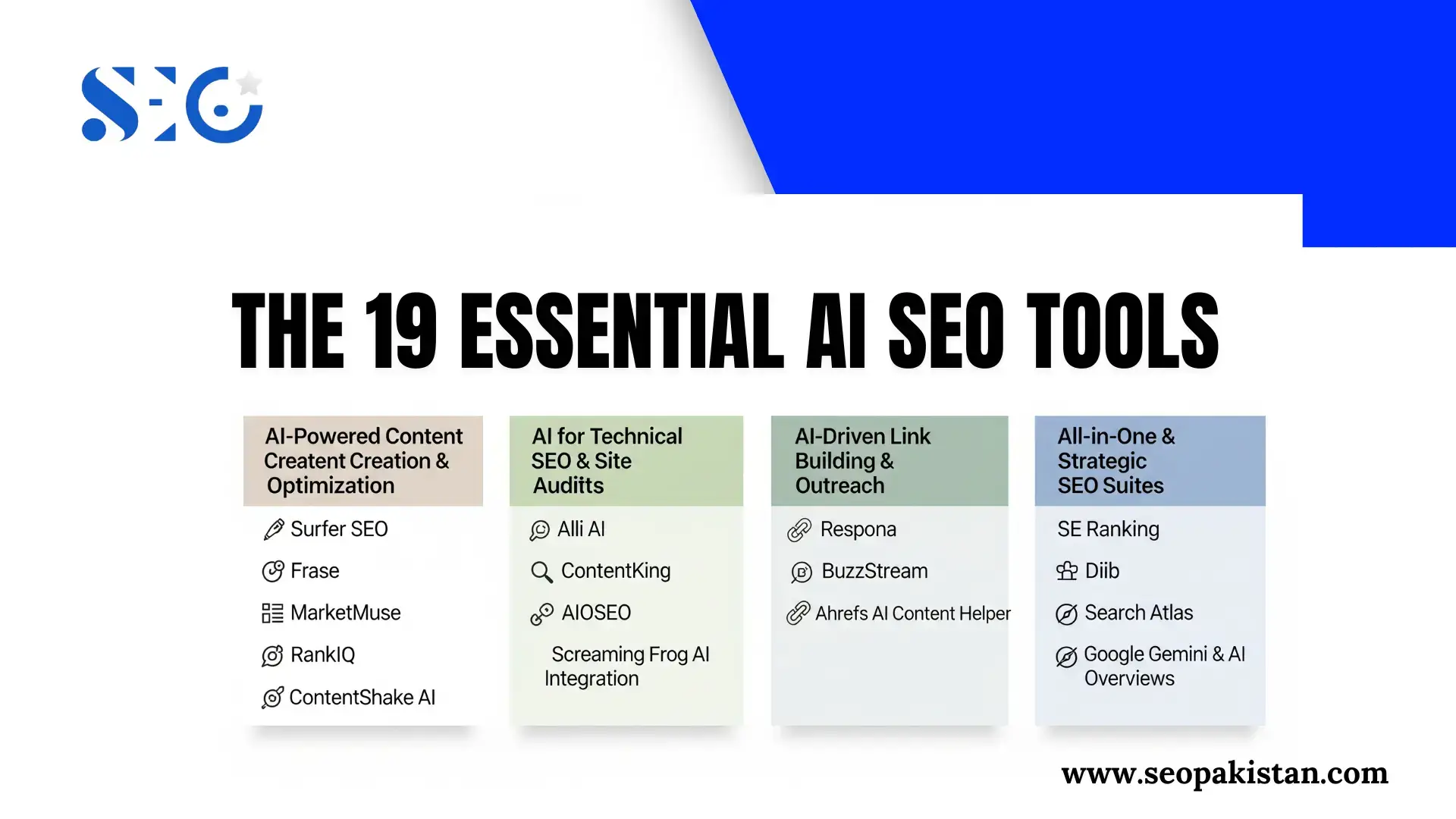Every second, million of automated bots systematically explore the web, discovering new content, analyzing websites, and gathering data for countless purposes. While you might be familiar with Googlebot from your website analytics, the digital landscape hosts a vast ecosystem of specialized crawlers—each with unique missions and capabilities.
Understanding these versatile web crawlers is crucial for a comprehensive SEO strategy, effective website management, and maximizing your online presence. Different bots serve different purposes, follow different rules, and impact your site’s visibility in distinct ways.
This guide breaks down the popular web crawlers, their roles, and why they matter for your website’s success. From search engine bots boosting rankings to specialized tools improving social media, learn the must-know crawlers every website owner should understand.
The Giants of Discovery: Search Engine Crawlers (The Index Builders)
Web bots include many types, with search engine crawlers being the most basic. These automated programs systematically browse the internet to discover, analyze, and index content that eventually appears in organic search results.
Understanding how these crawlers identify themselves is essential—each bot sends a unique User Agent string to your server, which you can examine in your server logs to see exactly which crawlers visit your site.
Googlebot
As Google’s primary web crawler, Googlebot serves as the foundation for the world’s most popular search engine. This sophisticated bot comes in two main variants: Googlebot Desktop and Googlebot Smartphone.
Given Google’s mobile-first indexing approach, the mobile version now serves as the primary source for ranking signals, making mobile optimization more critical than ever.
Beyond the main crawler, Google operates several specialized versions:
- Googlebot-Image for visual content.
- Googlebot-Video for multimedia indexing.
- Googlebot-News for timely content.
- Google-InspectionTool is used specifically for Search Console’s URL inspection feature.
User Agent Example: Mozilla/5.0 (compatible; Googlebot/2.1; +http://www.google.com/bot.html)
Bingbot
Microsoft’s Bingbot powers Bing Search, which maintains a significant market share, particularly among certain demographics and regions. For businesses targeting diverse audiences, optimizing for Bingbot becomes increasingly important as Bing continues expanding its presence in the search landscape.
Bingbot operates with both desktop and mobile variants, similar to Googlebot, ensuring comprehensive coverage across different device types and user experiences.
User Agent Example: Mozilla/5.0 (compatible; bingbot/2.0; +http://www.bing.com/bingbot.htm)
Yandex Bot
YandexBot represents the dominant search crawler for Russia and surrounding countries. For businesses with international aspirations or those targeting Russian-speaking markets, understanding and optimizing for YandexBot becomes absolutely essential for visibility in these regions.
Yandex operates numerous specialized crawlers beyond its main bot, including YandexImages for visual content, YandexNews for timely information, and YandexMarket for e-commerce listings.
User Agent Example: Mozilla/5.0 (compatible; YandexBot/3.0; +http://yandex.com/bots)
Baidu Spider
Baiduspider is the web crawler used by Baidu, the top search engine in China, with a significant share of the market in mainland China. Any business seeking visibility in the Chinese market must prioritize Baidu optimization, as Google remains largely inaccessible in this region.
The crawler systematically indexes content while respecting local regulations and preferences, making it indispensable for companies targeting Chinese consumers.
User Agent Example: Mozilla/5.0 (compatible; Baiduspider/2.0; +http://www.baidu.com/search/spider.html)
DuckDuckBot
DuckDuckBot powers DuckDuckGo, the privacy-focused search engine that has gained significant traction among users concerned about data tracking and privacy. As privacy awareness grows globally, DuckDuckGo’s user base continues expanding, making optimization for DuckDuckBot increasingly valuable.
This crawler respects the same standards as other major search engines while supporting DuckDuckGo’s commitment to user privacy and untracked search experiences.
User Agent Example: DuckDuckBot/1.0; (+http://duckduckgo.com/duckduckbot.html)
Yahoo! Slurp
Though less dominant than during its peak years, Yahoo! Slurp continues operating for various Yahoo! services and maintains historical significance in the search landscape. The crawler still actively indexes content for Yahoo’s search results and related services.
Understanding Yahoo! Slurp helps ensure comprehensive search visibility across multiple platforms, particularly for users who still rely on Yahoo’s search services.
User Agent Example: Mozilla/5.0 (compatible; Yahoo! Slurp;
SeznamBot
SeznamBot is the main web crawler for Seznam.cz, the leading search engine in the Czech Republic.
The crawler understands local language nuances and regional preferences, making it essential for effective Czech market SEO strategies.
User Agent Example: Mozilla/5.0 (compatible; SeznamBot/3.2;
NaverBot
NaverBot powers Naver, South Korea’s leading search portal with substantial market dominance. Korean market penetration requires optimization for NaverBot, as local users predominantly rely on Naver for search and information discovery.
The crawler indexes content while considering Korean language characteristics and local user behavior patterns.
User Agent Example: Mozilla/5.0 (compatible; NaverBot/1.0;
Ecosia Bot
EcosiaBot represents a unique approach to search crawling, supporting Ecosia’s environmental mission of planting trees through ad revenue. As environmental consciousness grows, Ecosia’s user base expands, making optimization for this crawler increasingly relevant for environmentally-conscious brands.
The crawler operates similarly to other search engine bots while supporting Ecosia’s sustainability goals and green search initiatives.
User Agent Example: Mozilla/5.0 (compatible; EcosiaBot/1.0; +https://www.ecosia.org/bot)
Beyond Search Engines: Specialized Web Crawlers
The internet ecosystem extends far beyond traditional search engines, hosting numerous specialized crawlers that serve specific functions. These bots may not directly influence your search rankings, but they play vital roles in website functionality, social media presence, security, and competitive intelligence.
Social Media Bots
Social media platforms deploy specialized crawlers to generate rich previews when users share your content. These bots analyze your pages to extract titles, descriptions, images, and videos that create engaging social media posts.
Popular social media crawlers include:
- Facebook External Hit for Facebook link previews.
- Twitterbot for Twitter card generation.
- Pinterestbot for Pinterest rich pins.
- LinkedInBot for professional network sharing.
Optimizing for these crawlers through proper Open Graph tags and Twitter Cards ensures your content appears attractively when shared, driving higher engagement and click-through rates from social platforms.
SEO Tool Crawlers
Professional SEO tools operate their own crawlers to collect comprehensive data for site audits, backlink analysis, keyword research, and competitive intelligence. These bots simulate search engine behavior to provide valuable insights for optimization efforts.
Major SEO tool crawlers include:
- AhrefsBot for backlink analysis.
- SemrushBot for comprehensive SEO data.
- Rogerbot from Moz for site auditing.
- Majestic-12 for link intelligence.
- Screaming Frog SEO Spider for technical site analysis.
These crawlers provide the data foundation that SEO professionals rely on for strategic decision-making and competitive analysis.
Monitoring & Uptime Bots
Website monitoring services deploy specialized crawlers to continuously check site availability, performance, and functionality. These bots help identify potential issues before they impact user experience or search engine accessibility.
Common monitoring crawlers include:
- UptimeRobot-Monitor for availability tracking.
- PingdomBot for performance monitoring.
- Sucuri Scanner for security assessments.
- CloudflareBot variants for network security and performance optimization.
These crawlers contribute indirectly to SEO by ensuring consistent site availability and optimal performance.
Feed Fetchers & Syndication Bots
RSS and content syndication bots crawl websites to collect and distribute content across various platforms and services. These crawlers help extend your content’s reach beyond direct website visits.
Feed crawler examples include:
- Various generic RSS reader bots.
- FeedlyBot for the popular Feedly service.
- NewsBlur Bot for news aggregation.
These crawlers facilitate broader content distribution and can introduce your content to new audiences through syndication platforms.
Archival Crawlers
Archive services operate specialized crawlers to preserve historical versions of web pages, creating digital libraries for research and content recovery purposes. While not directly impacting current SEO, these crawlers serve important functions for digital preservation.
Other Commercial & Niche Bots
Numerous companies operate specialized crawlers for specific business purposes including price comparison, data aggregation, competitive intelligence, and market research. These crawlers may indicate competitive activity, require specific management through robots.txt, or impact server resources depending on their crawling patterns and frequency.
Understanding User-Agents: Identifying Who’s Crawling Your Site
Every web crawler identifies itself through a unique User-Agent string contained in HTTP request headers. This identification system allows website owners to understand exactly which bots visit their sites, how frequently they crawl, which pages they access, and whether they encounter any errors or restrictions.
Practical Application:
- Website server logs automatically record every request made to your site, including the User-Agent information from each crawler. This data provides invaluable insights into crawler behavior and helps identify both beneficial and potentially problematic bot activity.
- Website analytics tools and specialized log analysis software can help process this information for actionable insights.
By analyzing User-Agent data, you can optimize your robots.txt file for specific crawlers, allocate server resources more effectively, and ensure that important search engine bots can efficiently access your most valuable content..
Why Understanding Different Web Crawlers Matters for Your SEO
Enhanced SEO Strategy
Comprehensive crawler knowledge enables more sophisticated SEO strategies. You can:
- Create granular robots.txt directives that allow beneficial crawlers while restricting others.
- Optimize crawl budget allocation.
- Ensure search engines efficiently index your most important content.
Accurate Analytics & Traffic Analysis
Distinguishing between human visitors and various bot activities in your server logs provides clearer insights into actual user traffic patterns. This separation helps you make more informed decisions about:
- Content strategy.
- User experience optimization.
- Resource allocation.
Resource Management & Crawl Budget Optimization
Understanding which crawlers actively visit your site helps optimize crawl budget—the number of pages search engines crawl during each visit. By managing crawler access effectively, you ensure that major search engine bots spend their time indexing your most valuable pages rather than wasting resources on less critical content.
Security & Bot Management
Effective crawler management requires distinguishing between beneficial “good bots” like search engine crawlers and potentially harmful “bad bots” such as content scrapers, spam bots, or vulnerability scanners. Understanding legitimate crawler behavior helps you implement appropriate security measures without blocking essential services.
Content Visibility & Sharing
Optimizing for social media crawlers through proper meta tags and structured data ensures your content displays attractively when shared across social platforms. This optimization directly impacts:
- Engagement rates.
- Click-through rates.
- Social media visibility.
Debugging & Troubleshooting
When pages fail to appear in search results, examining crawler activity in your log files can reveal the underlying issues. Understanding normal crawler behavior helps identify problems like:
- Blocked resources.
- Server errors.
- Indexing issues that prevent proper content discovery.
Conclusion
The web crawler ecosystem is intricate. It offers immense opportunity, often underestimated by many online ventures. Beyond familiar search engine giants, a vast array of specialized bots critically impacts a digital footprint.
Understanding these diverse entities is paramount. This includes popular web crawlers that influence organic visibility, and their specific crawler examples, which enhance social reach or site monitoring. Expertly managing this full spectrum of digital explorers brings tangible benefits: superior website management, refined SEO implementation, and optimized resource allocation.
Ready to ensure your website is perfectly optimized for every relevant web crawler and achieve top search rankings? Contact SEO Pakistan today for a comprehensive SEO audit and a tailored strategy that masters all these digital explorers!
Frequently Asked Questions
Why are web crawlers important for SEO?
Web crawlers are crucial for SEO because they are how search engines like Google discover, analyze, and index your website’s content. Without effective crawling, your pages won’t appear in search results, making visibility and organic traffic nearly impossible.
Can I control which parts of my website are crawled?
Yes, you can control crawling using a robots.txt file. This file tells web crawlers which sections of your site they are allowed to access and which they should ignore, helping manage your crawl budget and privacy.
Is Google a web crawler?
Google is not a web crawler, but it runs the widely recognized and highly influential web crawler known as Googlebot.
What is the best web crawler?
- Googlebot: Most crucial for general search visibility.
- SEO Tools (e.g., Screaming Frog, AhrefsBot): Top for site audits and detailed SEO analysis.
- Scrapy (Open-Source): Ideal for custom data extraction projects.
- Regional Bots (e.g., Bingbot, YandexBot): Essential for specific global markets.
What are some examples of web crawlers?
- Googlebot: Google’s primary bot, indexing pages for search results.
- Bingbot: Microsoft’s crawler, indexing for Bing search.
- YandexBot / Baidu Spider: Major crawlers for Russian and Chinese search markets, respectively.
- AhrefsBot / SemrushBot: Used by SEO tools to gather data for analysis.
- Social Media Bots (e.g., Facebook External Hit): Generate link previews when content is shared on social platforms.
- Archive.org Bot: Preserves historical versions of web pages.













